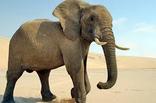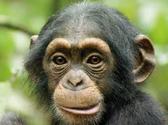Summary
Blood circulation, regulation and heart structure varies from animal to animal. Each individual creature has tailored qualities to support their unique lifestyles. These are the main differences among the red-eyed tree frog, elephant, chimpanzee, camel and polar bear.





